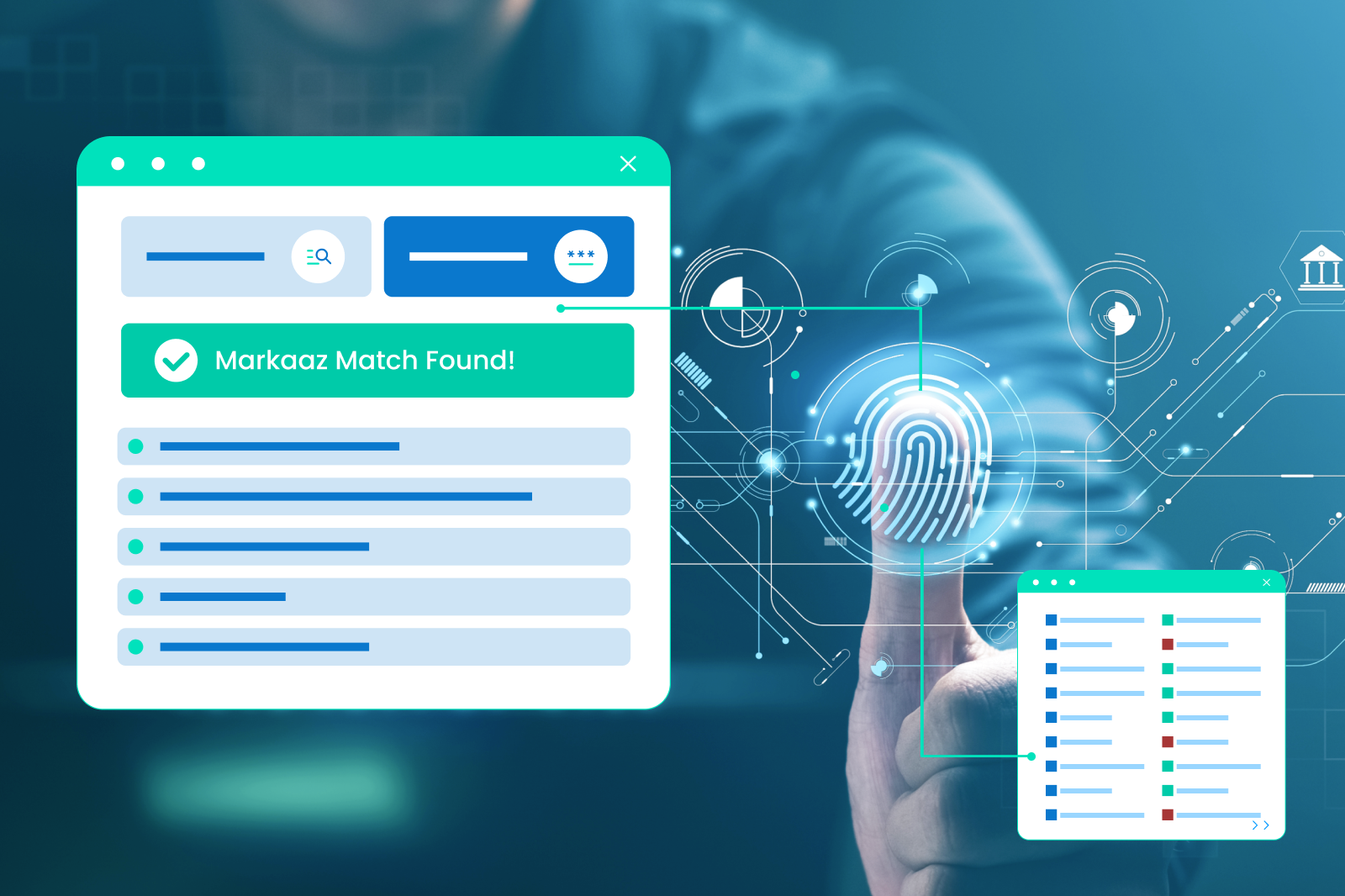The size of your company doesn’t change the cybersecurity risk associated: small and large companies are equally at risk.
This doesn’t change a misconception most small businesses have — the idea that your business is too small to be a target. Unfortunately, this is not necessarily the case.
Attackers are automating their attacks more and more frequently, making it easier for them to target multiple small businesses at once. And since small businesses typically have less intense technological defenses, less awareness of threats, and less time and resources for cybersecurity, they become easier targets for hackers than larger corporations.
One could argue that small businesses also have the most to lose from being hit by a cyberattack. A recent report from IBM revealed that companies with less than 500 employees lose an average of $2.5 million per attack. That amount of money lost can be devastating to a small business, including the reputational damage from being hit by a cyberattack.
Check out how to prepare yourself and your small business in our increasingly digital world. Get tips on evaluating cyber risk and how to prepare for any potential cyberattacks.
How to evaluate cyber risk
Before small business owners can make informed decisions about improving their cybersecurity, they must have a clear picture of their cyber risk.
Understanding this risk will guide the implementation of security strategies and process changes and justify security-related expenditures. Without understanding your risk, the security decisions you make may not be as effective as you need them to be.
While there are many definitions of risk, each requires understanding threats, vulnerabilities, and criticality or impact.
According to the Small Business Cybersecurity Guide, the basic equation is Risk = Threat x Vulnerability x Impact. They describe that, while they represent the risk as a mathematical formula, it is not about numbers; it is logical.
Here’s an example: Say you’re a small business owner, and you want to assess the risk of a phishing attack on your company, in which hackers gain access to your company’s data. If your network is vulnerable (i.e., you have no firewall or antivirus software), and this data is critical (a loss would negatively impact your ability to provide your services), then your risk is high. On the other hand, if you have good perimeter defenses, your vulnerability is low. Even though the system is still critical, your risk would be medium.
How leaders can manage cyber risk
Make cybersecurity a business priority
Unsurprisingly, 88% of small business owners believe their business is vulnerable to a cyberattack. In response to the pandemic, many organizations quickly shifted to remote work. This often started without a set cybersecurity infrastructure or employee training to address the increased risk exposure.
As cyberattacks become more frequent and targeted, understanding the vulnerabilities and available resources to help prevent, identify, and respond to an attack is essential to small business owners. Unmanaged cyber risks can expose a small business to various vulnerabilities.
Emphasize cybersecurity education
The first line of defense for any small business is its employees, who can contribute to a company’s cybersecurity efforts in several ways. This could be by making sure software updates and patches are installed immediately, adhering to strong and secure password guidelines, and keeping the IT team informed of any suspicious emails or messages. This should be implemented top-down, with the company’s leaders acting as examples of all cybersecurity measures.
Protect your business from insider threats
An insider threat is a risk to an organization caused by employees, former employees, business contractors, or third-party associates. They can access critical data about your company, which can cause harmful effects through greed, malice, or simply through ignorance and carelessness. A growing problem, this can put employees and customers at risk or cause significant financial damage.
Another form of insider threat is any third party you bring into your network. When you bring a new vendor or supplier onboard, you create a new endpoint that can mean vulnerability. That’s why it’s essential to assess each potential third party before onboarding, verifying that they are a legitimate business and won’t leave you open for any attacks. Solutions like Markaaz, an all-in-one platform to help small businesses interact with suppliers and vendors verified to the highest standards, help companies mitigate risk and reduce their exposure.
The bottom line
All businesses, no matter their size, face the risk of cyberattacks. The COVID-19 pandemic may have exacerbated this risk as working conditions have made it harder for companies to maintain security. However, businesses can take steps to manage security breaches, increase resilience, and improve operational stability.
Markaaz offers you features that help you create a secure network. We aim to simplify your processes so you can get back to business. We are the world’s first comprehensive platform to give small businesses the tools to discover new suppliers, manage them, and improve their cash flow. The pre-verified companies listed on our platform undergo rigorous verification to ensure authenticity, legality, and good standing. Creating a trusted network of suppliers can be a full-time job in itself, which is why we pre-verify all the businesses on our platform. Join Markaaz today to gain access to our transformative features.




